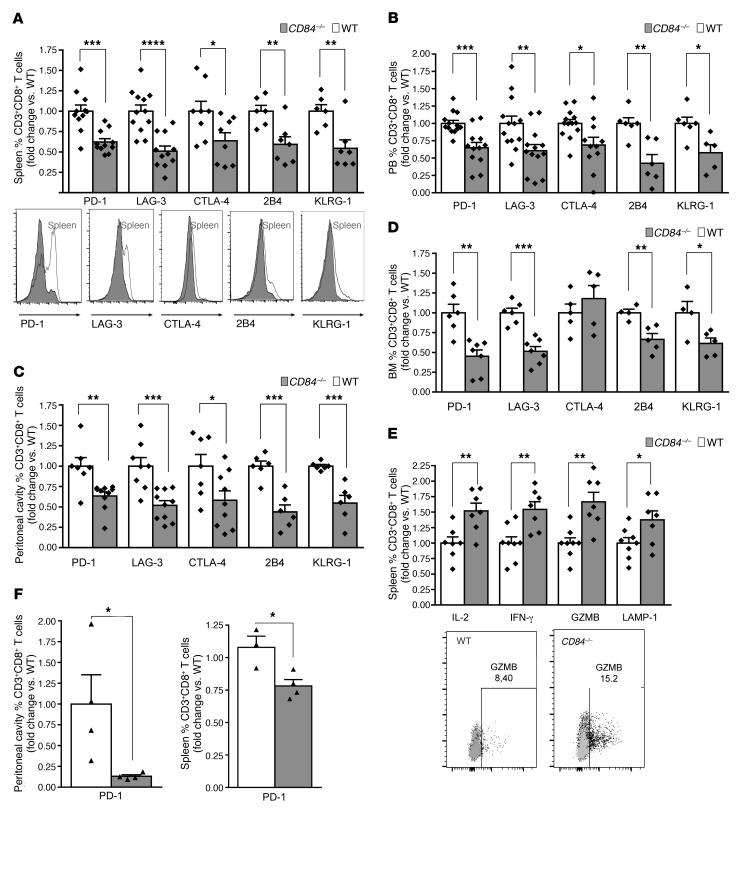Figure 5. Reduced abundance of exhausted CD8+ T cells in the CD84–/– environment.
Eμ-TCL1 splenocytes (4 × 107) were injected i.v. into the tail vein of C57BL/6 WT or CD84–/– mice. (A–D) After 14 to 21 days, the mice were sacrificed, and expression of the exhaustion markers PD-1, LAG-3, CTLA-4, 2B4, and KLRG1 were determined on CD8+ T cells in (A) spleen (n = 6–11) histograms show representative results; (B) PB (n = 5–11); (C) the peritoneal cavity (n = 6–10); and (D) BM (n = 4–7). (E) After 14 to 21 days, the mice were sacrificed, and splenic cells were cultured for 24 hours with anti-CD3 and then with brefeldin A for the last 2 hours of culture. CD8+ T cells were then analyzed for IFN-γ, IL-2, GZMB, and LAMP-1 expression (n = 7–8). Dot plot show representative results of granzyme b expression. (F and G) BM cells (5 × 106) derived from 8-week-old Eμ-TCL1 mice or negative control littermates (WT) were injected into lethally irradiated C57BL/6 (WT) or CD84-deficient (CD84−/−) mice. After 6 months, the mice were euthanized, and the expression of PD-1 was determined on CD8+ T cells in the peritoneum (F) and spleen (G) (n = 3–4). *P < 0.05 (A–G), **P < 0.01 (A–E), ***P < 0.001 (A–D), and ****P < 0.0001 (A), 2-tailed t test. P = 0.3172 (NS), 2-tailed t test (E).

